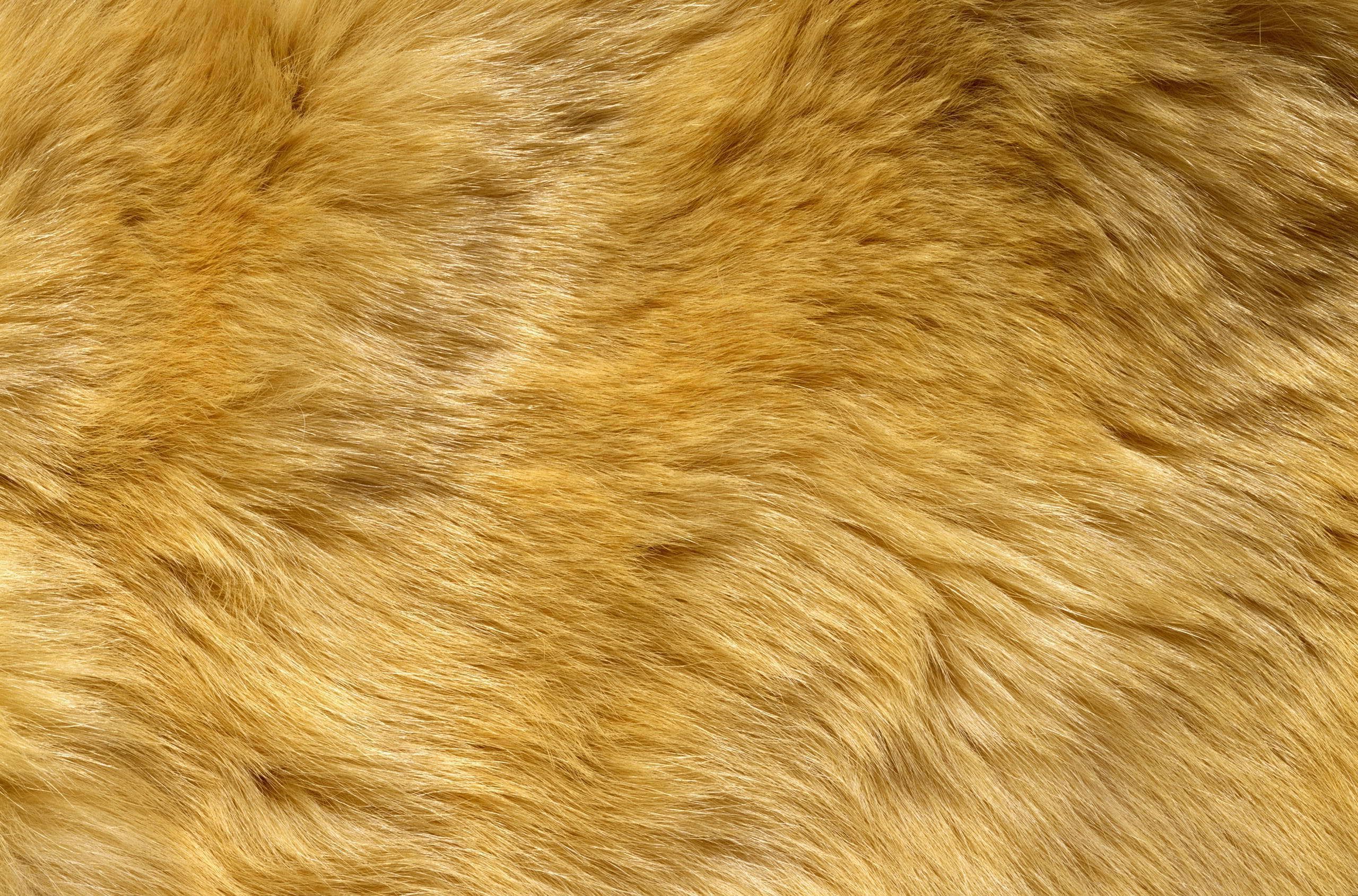


Their conclusion? The dire wolf was dramatically different. One La Brea sample did yield something new, though: a collagen protein sequence that let researchers compare dire wolves with domestic dogs, gray wolves, coyotes, and African wolves. “The tar pit is a hot, bubbly mess, and that doesn't do very nicely for DNA preservation,” explains co-senior author Greger Larson, director of the University of Oxford’s paleogenomics and bio-archaeology research network. The current team's attempts didn't fare much better. When she and her colleagues started the dire wolf study several years ago, they knew there was one place with no shortage of dire wolf fossils: La Brea Tar Pits, an iconic “predator trap” in what is now Los Angeles.īut past efforts to extract substantial stretches of DNA from dire wolves, saber-toothed cats, and other animals at La Brea have largely failed-the site's hot, harsh environment cooks and shreds genetic material. ( Related: In pursuit of real-life dire wolves, huskies may pay the price.) “One of my questions had always been whether dire wolves were still around when humans entered the Americas,” and whether there was any interaction between the two, says Perri, who also studies human-animal interactions. Indeed, the iconic dire wolf loomed large in Perri's imagination long before the current study began. It was just one of the remarkable animals that once roamed the Americas, along with immense cats, giant short-faced bears, huge sloths, and camels-a lost menagerie of creatures that couldn’t adapt to a changing world as the Pleistocene period ended. The dire wolf-once classified in the genus Aenocyon, meaning “terrible” or “dreadful”-is a much mythologized carnivore known for its imposing size, specialized bone-cracking back teeth, and propensity for preying on large herbivores. Illustration by Mauricio Anton Dreadful wolf “The question now becomes: Is their extinction related to climatic and environmental change, or did humans and potentially other wolves and dogs and coming in assist in pushing them out?” Perri says. The new findings clarify relationships among members of the dog family, placing dire wolves ( Canis dirus) in a New World lineage that split from the gray wolf's ancestors some 5.5 million years ago, while further deepening the mystery around the dire wolf’s evolution and eventual extinction. “Dire wolves and gray wolves look super similar morphologically, but the genetics say they are not related closely in any way,” explains Angela Perri, an archaeologist at Durham University, and co-author of a paper on dire wolf genetics published Wednesday in the journal Nature. Rather than sharing close genetic ties with the gray wolf ( Canis lupus), as was expected from their resemblance, the dire wolves were evolutionarily distant cousins, long isolated in the Americas.
#GRAY FUR ANIMAL AGE FULL#
In the first study of its kind, researchers have analyzed several full genomes for these creatures, revealing a few surprises.

Where did they come from? How similar were they to today’s gray wolves? And why did they die out around 13,000 years ago, after surviving for hundreds of millennia? They roamed throughout large swaths of the Americas and preyed on now extinct megafauna, such as Ice Age horses and ground sloths.īut much about them remains unknown. Weighing around 150 pounds, the creatures were larger than the heaviest of today’s gray wolves.
#GRAY FUR ANIMAL AGE SERIES#
Even before appearing as fictional pets in the television series Game of Thrones, dire wolves had long captured imaginations.


 0 kommentar(er)
0 kommentar(er)
